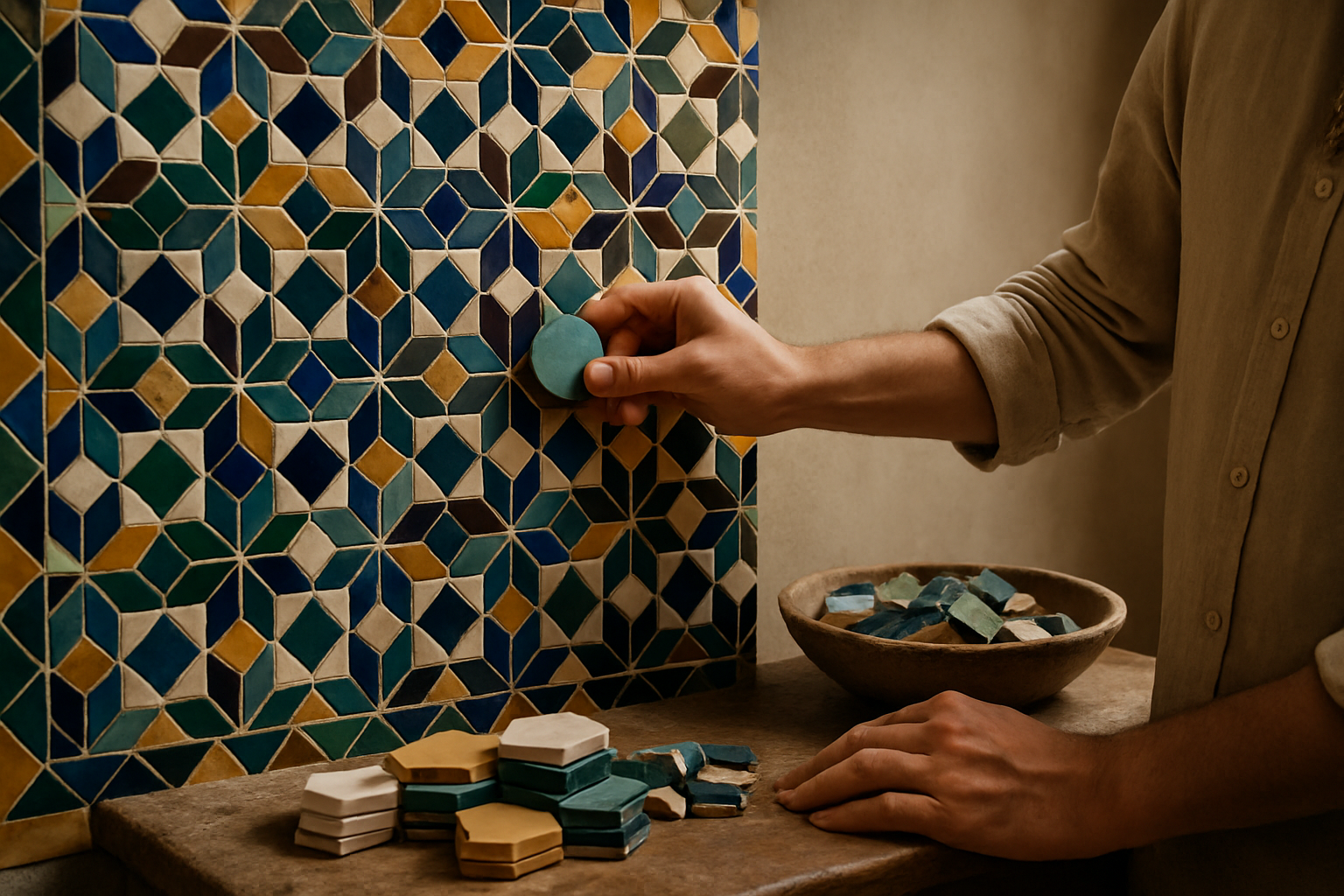Whimsical Washi: The Art of Japanese Tape in Home Decor
Imagine transforming your living space with vibrant strips of delicate paper, adorning walls, furniture, and everyday objects with intricate patterns and soft hues. This isn't just a flight of fancy, but the rising trend of washi tape in home decor. Originating from Japan, this versatile adhesive is revolutionizing the way we think about temporary design elements, offering a playful yet sophisticated approach to personalizing our living spaces.

Originally developed for industrial use in the 1990s, washi tape quickly caught the eye of crafters and DIY enthusiasts. Its gentle adhesive allows for easy application and removal without damaging surfaces, making it an ideal medium for temporary decorations and creative projects. The tape’s popularity soared in the early 2000s, spreading from Japan to the global stage and eventually finding its way into the realm of interior design.
Washi Tape in Modern Home Decor
Today, washi tape has transcended its origins as a craft supply to become a legitimate tool in the interior designer’s arsenal. Its appeal lies in its versatility and low-commitment nature, allowing homeowners to experiment with bold patterns and colors without the permanence of paint or wallpaper. From accent walls to custom furniture designs, washi tape offers a world of possibilities for those looking to inject personality into their living spaces.
Designers are using washi tape to create geometric patterns on walls, frame artwork, add flair to plain furniture, and even craft temporary headboards. The tape’s translucent quality allows it to interact beautifully with light, creating a soft, ethereal effect that can transform the ambiance of a room. Moreover, its impermanence makes it an ideal solution for renters or those who frequently update their decor.
The Psychology of Washi Tape Decor
The appeal of washi tape in home decor goes beyond its aesthetic qualities. There’s a psychological aspect to its use that resonates with many homeowners. The act of applying washi tape is tactile and meditative, offering a form of creative expression that can be both relaxing and empowering. Unlike more permanent decor choices, washi tape allows for experimentation without fear of commitment, encouraging a playful approach to design.
This sense of impermanence aligns with the growing trend towards mindfulness and living in the present. Washi tape decorations can be easily changed with the seasons or moods, promoting a dynamic and responsive living environment. This flexibility is particularly appealing to younger generations who value experiences over possessions and seek ways to continually refresh their surroundings.
Washi Tape Techniques for Home Styling
For those looking to incorporate washi tape into their home decor, there are numerous techniques to explore. One popular approach is creating a focal wall using geometric patterns. By laying out strips of tape in repeating shapes like triangles or hexagons, you can achieve a wallpaper-like effect that’s fully customizable and easily removable.
Another technique involves using washi tape to add interest to plain furniture. A simple dresser can be transformed by applying tape along the edges of drawers or creating a patterned top. This method is particularly effective for upcycling second-hand furniture, giving old pieces a fresh, modern look.
For a subtler touch, washi tape can be used to create custom frames for artwork or photographs. By carefully applying tape around the edges of prints or directly onto glass frames, you can achieve a bespoke look that complements your decor scheme. This technique is especially useful for creating cohesive gallery walls, where the frames can be coordinated to tie diverse artworks together.
Sustainability and Washi Tape Decor
As the world becomes increasingly conscious of environmental issues, the sustainability of decor choices is a growing concern. Washi tape offers an eco-friendly alternative to many traditional decorating materials. Made from natural fibers and using water-based adhesives, most washi tapes are biodegradable and leave minimal waste.
Furthermore, the reusable nature of washi tape reduces the need for single-use decorations. Holiday-themed tapes can be applied and removed each year, eliminating the waste associated with disposable decorations. This aligns with the growing trend towards minimalism and conscious consumption in home decor.
The Future of Washi Tape in Interior Design
As washi tape continues to gain popularity in the world of interior design, we can expect to see more innovative applications and products. Some designers are already experimenting with larger-scale washi sheets for more extensive wall coverings, while others are developing custom prints to create truly unique decor elements.
The digital age is also influencing the evolution of washi tape. Social media platforms like Instagram and Pinterest have become hubs for sharing washi tape ideas, inspiring a new generation of DIY decorators. This democratization of design is likely to push the boundaries of how washi tape is used in home decor, leading to exciting new trends and techniques.
In conclusion, washi tape represents a unique intersection of tradition and modernity in home decor. Its roots in Japanese craftsmanship combined with its adaptability to contemporary design make it a fascinating medium for personal expression in our living spaces. As we continue to seek ways to make our homes more personalized, flexible, and sustainable, washi tape stands out as a simple yet powerful tool in the world of interior design. Whether you’re a seasoned decorator or a novice looking to experiment, the world of washi tape offers endless possibilities for transforming your living space into a reflection of your personal style.





